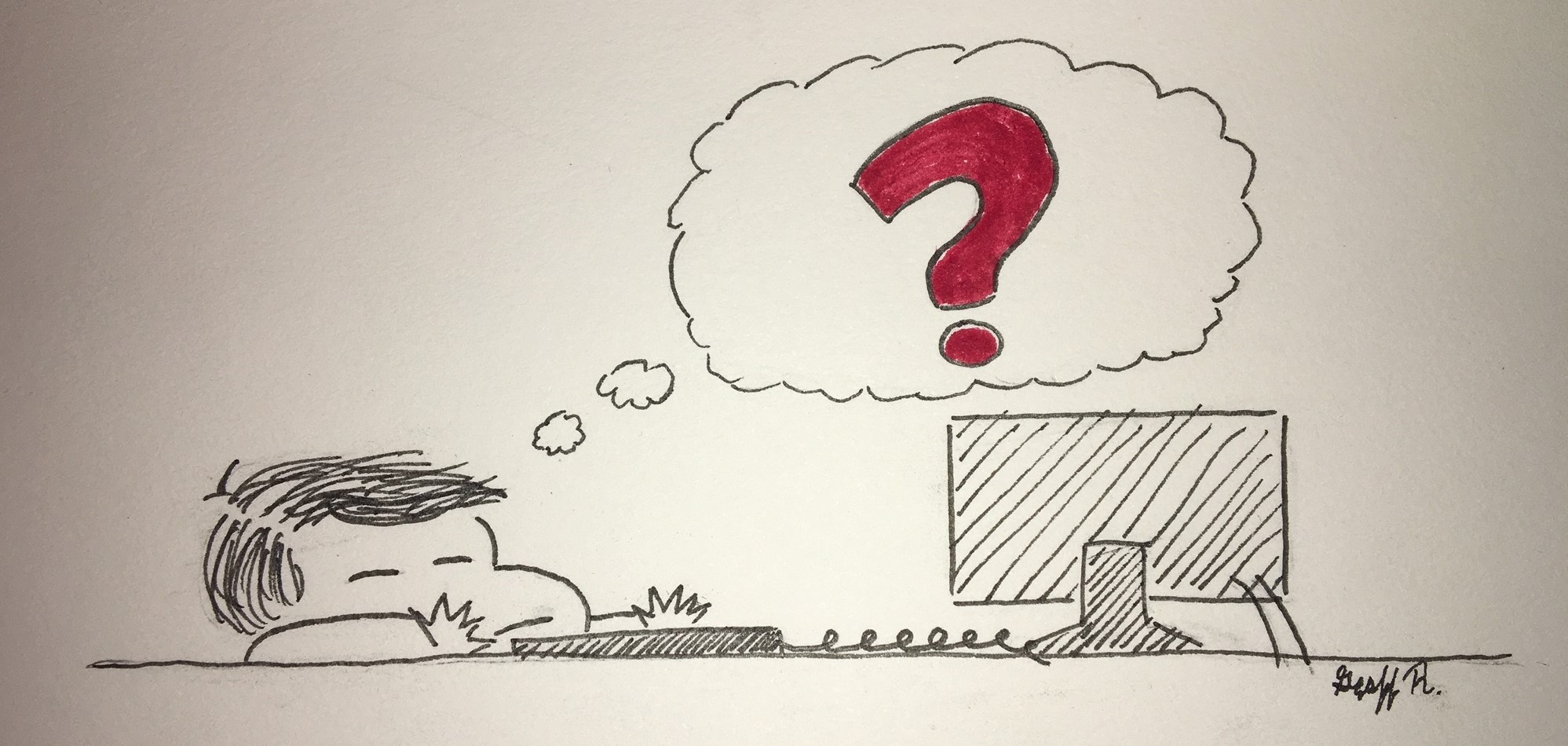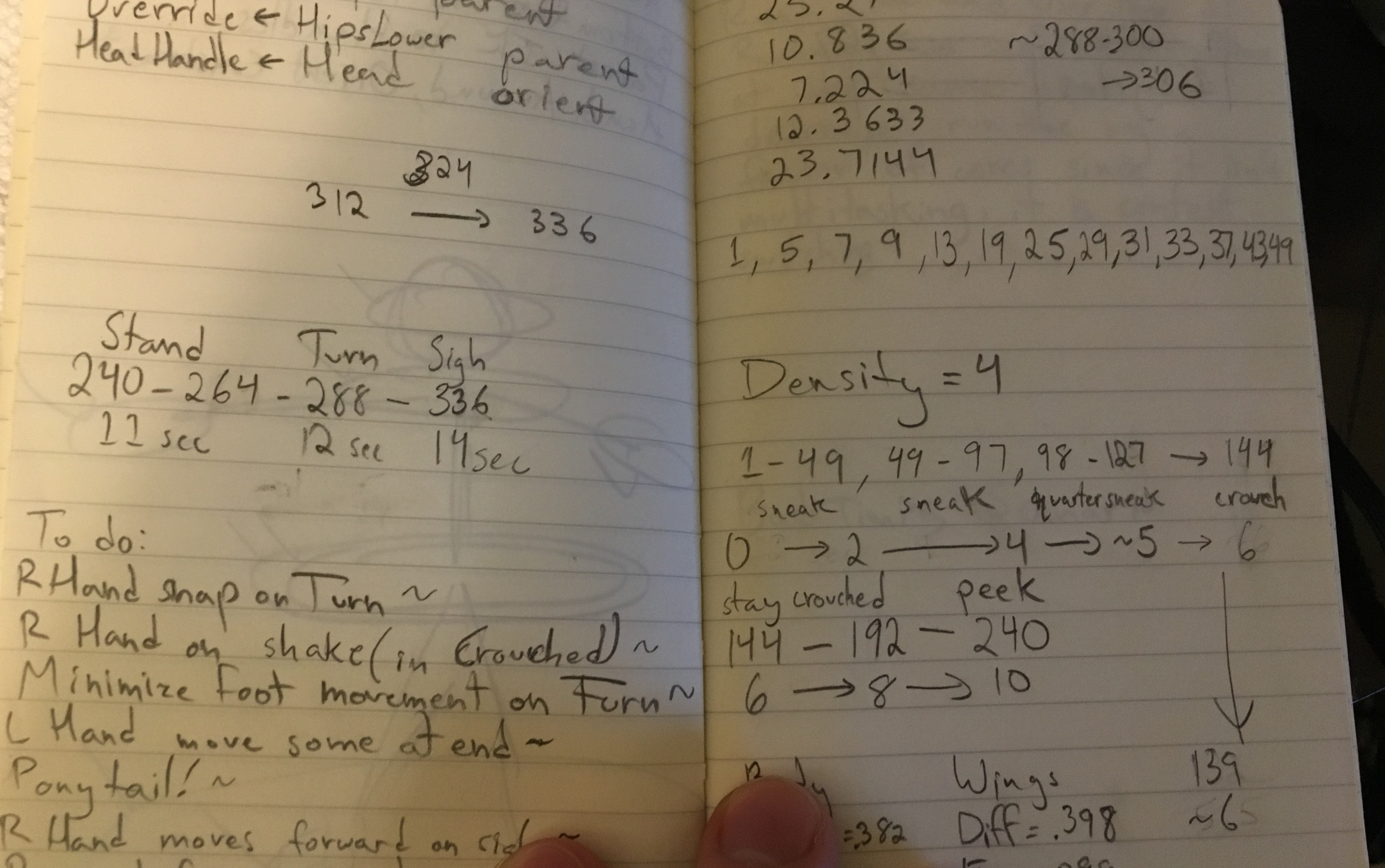
Wanting to find a place for the articles I spent most of college writing, I decided the best place to put it would be on my website. As well, I thought it would be a good learning opportunity to make a blog so I can continue writing, however random or sporadic, so I don’t look like I’m slipping into illiteracy. But now that I’ve made it happen, I can honestly say I have no idea what I’m doing. Currently, I’m just tapping keys until a thought comes together, which is why I’ll be talking about my experience learning Unity.
At the end of my thesis class for my arts degree at RPI, I was asked if I was interested in a position coding for a VR company in Troy, the only catch being I had to know Unity. While the position fell out of my grasp, it did make me realize this was a blindspot in my repertoire. I had valuable coding experience, I knew how to model/animate in Maya, and could do any texture/graphics necessary; so I had all the tools to make games without any of the core knowledge to apply it. Add to this that Unity is a valuable and flexible software to know for the workplace. As an example, a colleague of mine is using it for a physical therapy technology, so the uses are not solely in game development. I decided then that I would tackle this software.
When I decide to learn something new, I first pool all the best resources available for free (which I will have linked at the bottom of this article). This process involves a fair amount of reading and watching videos, but it’s all about getting a feel for the program. I followed tutorials and began to understand the scripting, management of GameObjects, and the UI. Once I reached a level of comfort after about a week or two of casual learning, I began giving myself challenges. It began with editing the tutorial games I made by adding new features. This may include new enemies, controls, maps, anything to get more familiar with what well structured code looks like in Unity and figure out an ideal workflow. Coming from the world of highly complicated software menus, of which Autodesk Maya is still the king, I gradually became more comfortable doing things in Unity.
Then, I set my own challenge of making a game. As you may have noticed, I enjoy setting up challenges for myself. I enjoy having something to show for my efforts, so giving myself a peak to summit tends to be a good self learning tool. I begin by chopping up the project into steps, then expanding each step until I have a place to start without being overwhelmed. I usually have this all written out in my notebook and on sticky notes so I can check easily my goals. Another nice feature of this is the ability to avoid what I call “feature fatigue.” When I get frustrated or stuck on a part of a project, I can transition into working on another part quite easily and make progress on another feature. This allows me to cool off and rethink my other feature while still moving forward with development.

Using this system I made a (bad) point and click game, and am almost done with a (good) map creator for table top games. During the process of making these games, I also was brought on board with a group of students and graduates from Marist College to help develop their game in Unity as an artist/programmer, giving me more challenges that are now outside the scope of my own imagination.
Let me conclude this first blog post with a tarnish on the shiny record I’ve been making for myself so far. None of these strategies that I employ are groundbreaking by any means, they’ve just been tried and tested by me and I know what I do won’t work for everyone. But that’s not the point of this article. I’m not teaching you how to make games in Unity, I’m showing myself how to make blog entries. If you read this, thanks and hopefully my next entry will be better.
Unity Resources:
Unity Doc – Unity has some of the best documentation out there for any software I've used, and it's constantly updated!
Unity Tutorials – Unity Technologies has been making great tutorials for users of any level, including new interactive ones (that didn't exist when I was learning), just do your own research if something doesn't work since I found not all tutorials were up to date.
Brackeys – A (free!) Unity instructor I found who is excellent. Easy to follow, great explanation of processes, overall a great resource.